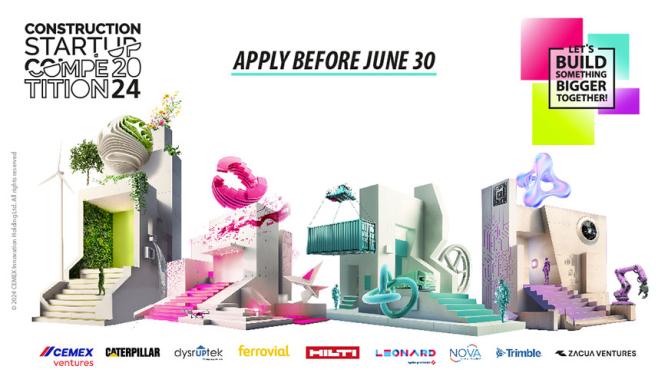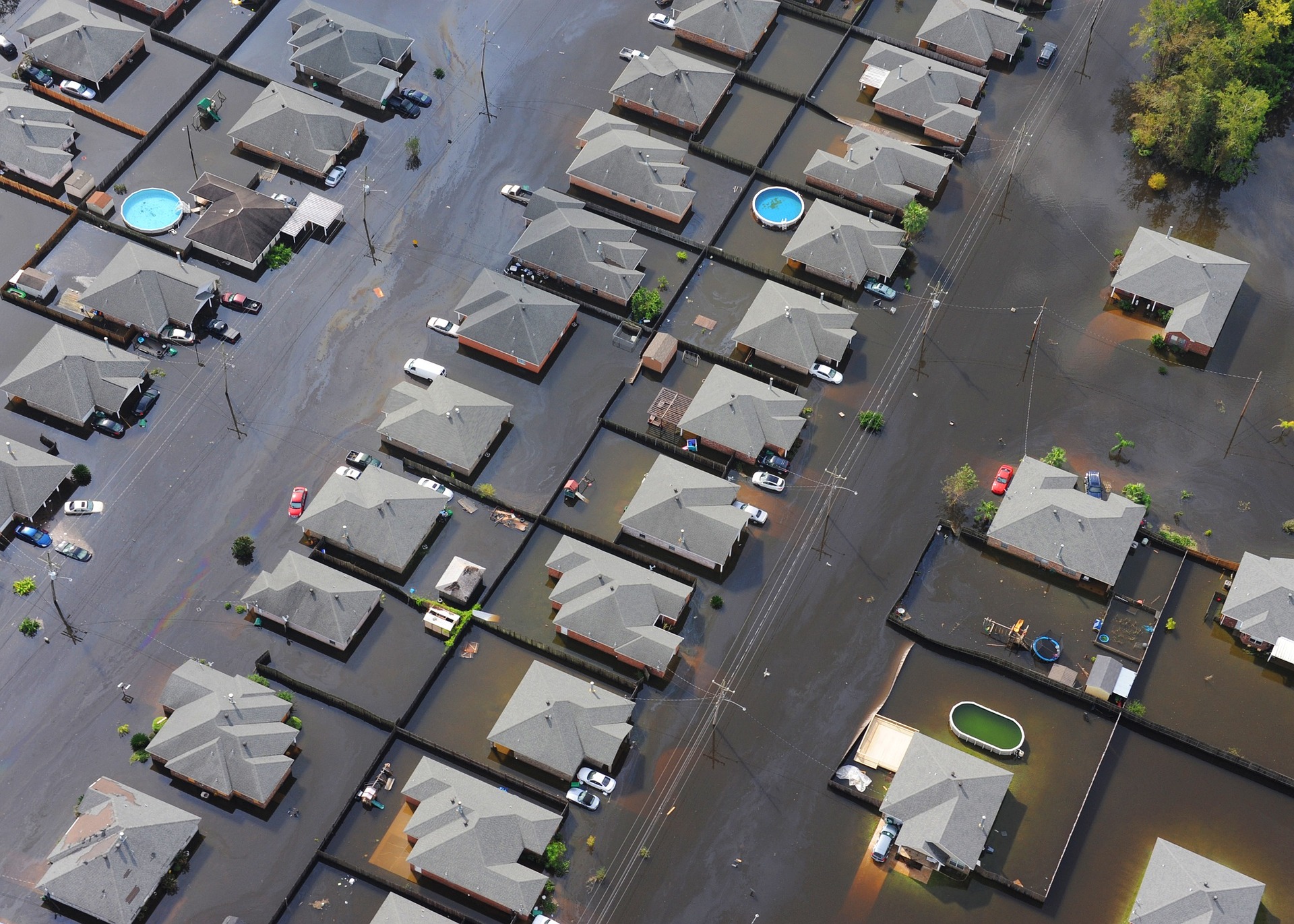
Climate change exposes cities and their residents to an unprecedented transformation in the intensity and frequency of weather phenomena. Regions and the construction sector must adapt to avoid suffering the human and financial costs of these disasters. This is not a new issue: it was already analyzed by La Fabrique de la Cité in its report on climate resilience, and the Leonard prospective group produced an Emerging Trends report outlining several avenues for designing and building climate resilient infrastructure. To continue its work on these topics, Leonard met on Tuesday, February 12 with the sponsors of several innovative solutions for preparing regions and infrastructure for future climate shocks.
Discover the full discussion and presentations in this video (French only):
The challenges of climate change
Currently in third place on the emerging risks report published by the French Insurance Federation, climate risks will represent the second biggest challenge of our time, just behind cybersecurity, within 5 years. For Louis-Rémy Pinault, strategic development expert at Generali, damages could double by 2050 to reach 92 billion euros, primarily impacting individuals (70%). Three factors contribute to this trend:
- the signs of climate change, characterized by an increase in the intensity and frequency of disasters in inhabited areas;
- the rise in global wealth, which in turn increases the amount of damages;
- development in at-risk areas (flood zones, coastal areas or forest edges).
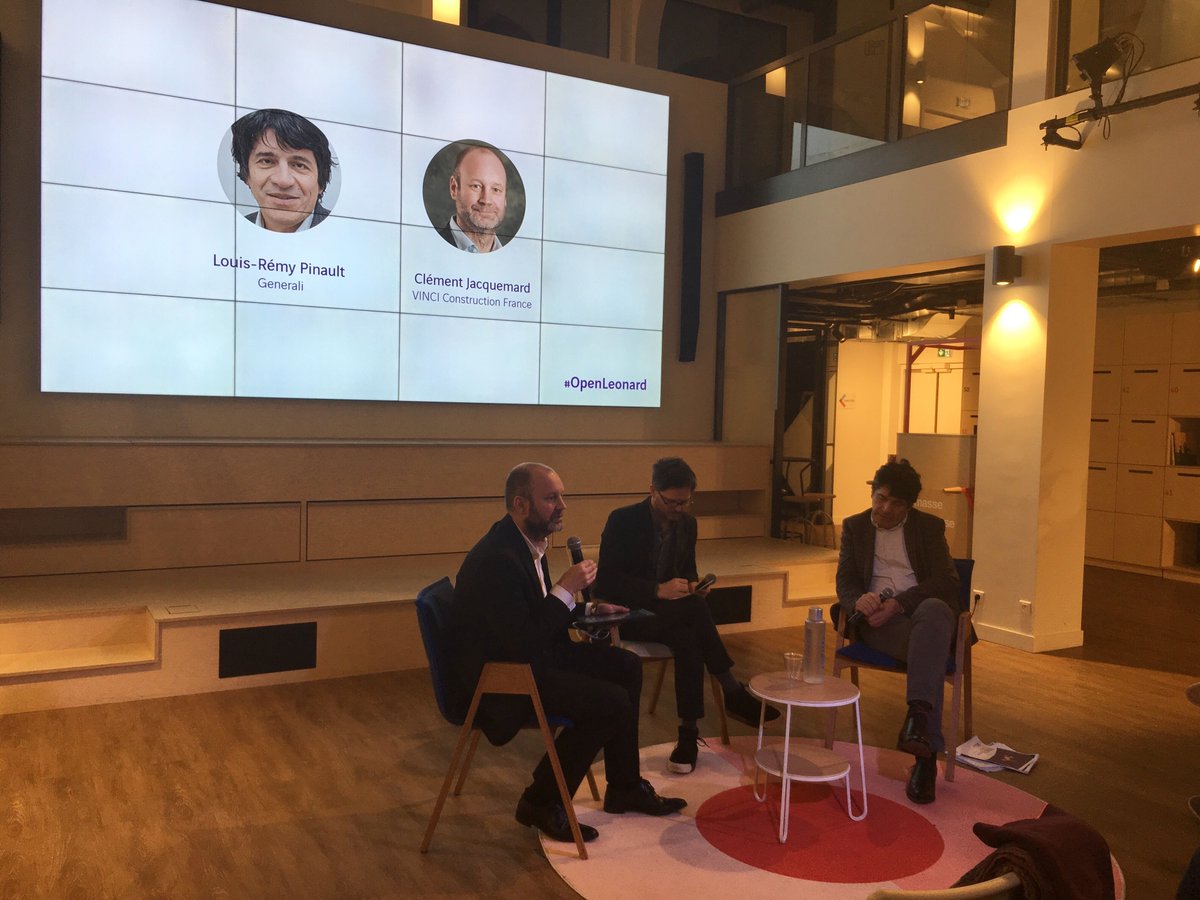
Louis-Rémy Pinault calls for a change in attitude among development professionals, who need to learn about risks in order to prevent future crises. That vision is shared by Clément Jacquemard, Technical and Operational Resources Director at VINCI Construction France, who believes climate resilience should figure into the construction phase for each building. Planning for the distant future by integrating a site’s eventual risks (notably by assessing flood risk when developing an underground parking lot) and working on maintenance costs represent a few ways to improve a project’s resilience.
However, these efforts must be seconded by raising awareness among users: though new buildings may be resilient, will future users be ready to accept developments in which comfort is not the main concern?
Analysis and prevention: two watchwords of climate resilience
In the second part, Leonard gave the floor to the sponsors of solutions aiming to better understand or anticipate future climate shocks.
Karim Selouane, intrapreneur at the VINCI Group supported by Leonard since 2017, presented Resallience, a solution combining consulting and diagnostics, modeling and project management. Notably when combined with Predict (subsidiary of Météo France), Resallience can anticipate and propose short-term and long-term predictive scenarios to optimize urban development depending on climate risks.
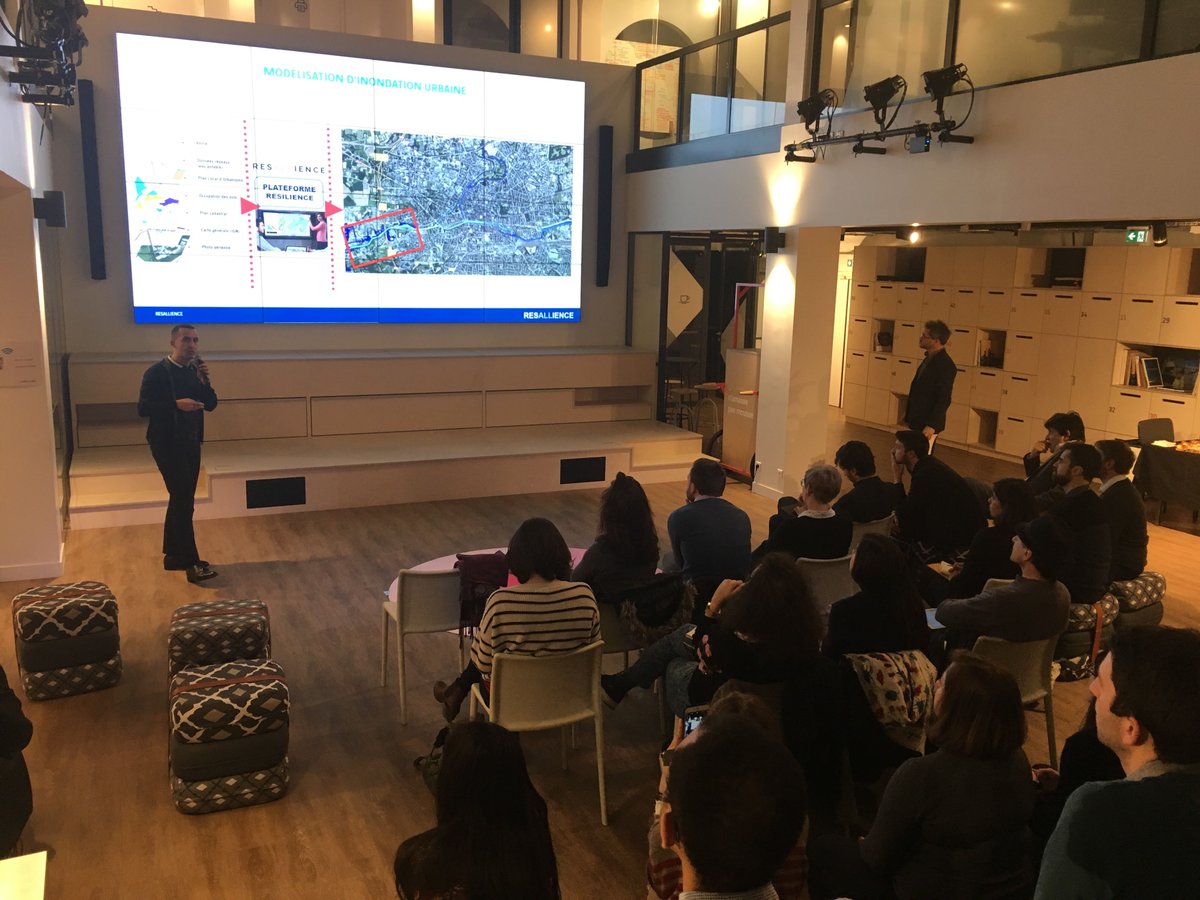
Climate City, presented by its founder Laurent Husson, also helps cities adapt to climate change by monitoring – here in real time – the essential indicators for anticipating pollution episodes, natural disasters and urban heat islands. How does it collect measurements? With “Climate Birds”, a network of drones and tethered balloons flying continuously around cities to collect new sets of local data. It’s a great way to get a detailed analysis of the local environment, in order to offer solutions adapted to the specific issues faced in each region.
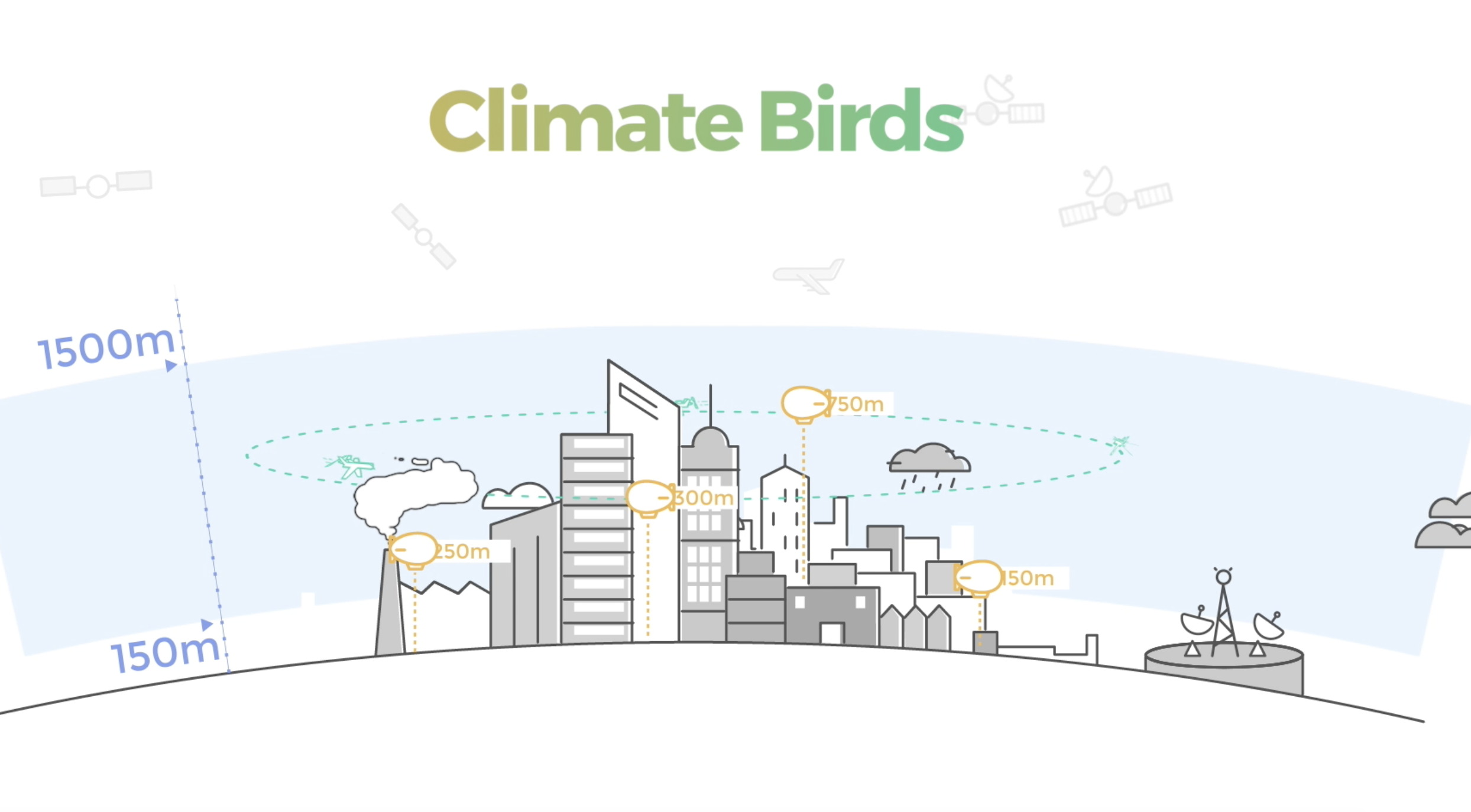
Resilient urbanism emerges with new development methods and low-tech projects
But there is no need to acquire the most advanced technology to make cities more resilient! Cool Roof offers an extremely low-tech, but highly effective, solution for combating urban heat islands: repainting roofs in white, using a reflective paint that increases the albedo of urban areas. Already tested on two buildings in the 10th and 12th districts of Paris, the solution has successfully lowered the temperatures felt inside these buildings by up to 15°C.
Resilient solutions have also shown their worth on the ground. The Paris&Co Urban Lab, represented by Marion Apaire, has seized on this fact by launching its 2017 call for tests on the theme of “Climate Change Adaptation”, which produced two innovative concepts: Bocage Urbain, headed by designer Elodie Stephan, and Lisière de Tierce Forêt from the architecture firm Fieldwork. The first solution offers a modular development plan for managing stormwater to prevent flood risk, while reintroducing plants into urban areas. On the other hand, Lisière d’une Tierce Forêt transformed a parking lot into an outdoor greenspace, with a surface chosen to attenuate the urban heat island effect while promoting evapotranspiration.
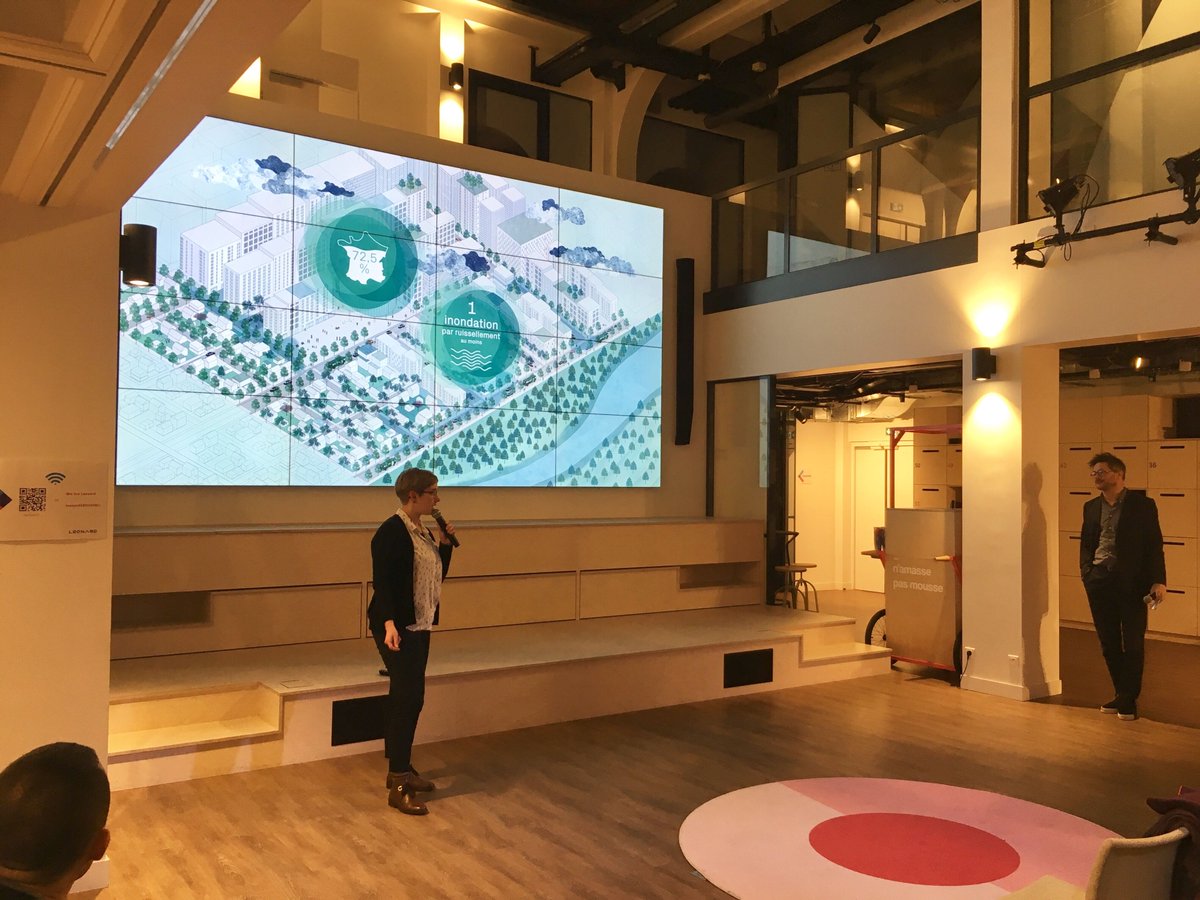
Reducing the risks facing regions and infrastructure will undoubtedly involve clever local development solutions, as well as engineering and planning methods that are “resilient by design”, advanced measurement instruments and high-performance technologies.
